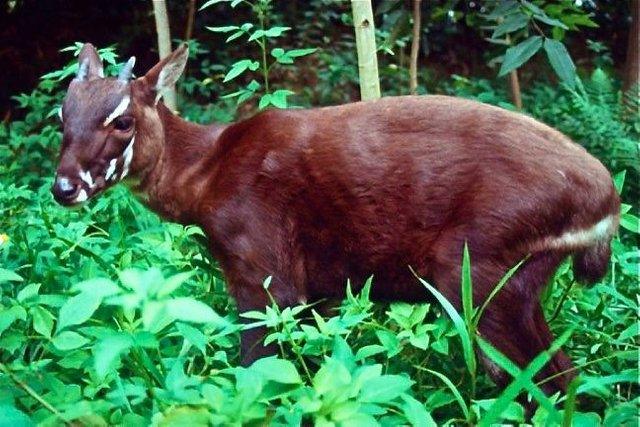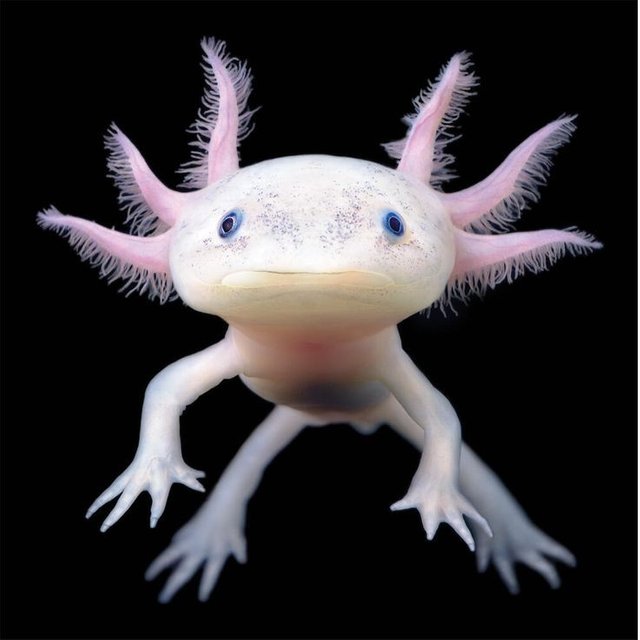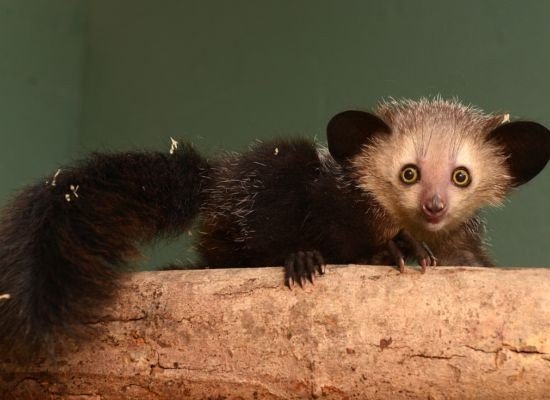Rare creatures on Earth
On our vast and diverse planet, there exist numerous rare and fascinating creatures that capture the imagination of both scientists and nature enthusiasts alike. These remarkable animals, often found in remote and isolated regions, have evolved unique traits and adaptations that make them extraordinary survivors.

One such rare animal is the Saola (Pseudoryx nghetinhensis), also known as the "Asian unicorn." This elusive creature was discovered in 1992 in the Annamite Mountains of Vietnam and Laos, and its scarcity and mysterious nature have kept it largely hidden from human eyes. The Saola possesses striking long, slender horns, and it is a distant relative of cattle and antelope. Conservationists estimate that there may only be a few hundred Saolas remaining in the wild, making it one of the most critically endangered large mammals on Earth.

Another rare and enigmatic animal is the Axolotl (Ambystoma mexicanum), a unique species of salamander native to Mexico. The Axolotl's exceptional ability to regenerate lost body parts, including limbs, spinal cord, and even parts of its brain, has made it a subject of extensive scientific research. Unfortunately, due to habitat destruction and pollution, the Axolotl's natural environment is shrinking rapidly, pushing this intriguing creature closer to the brink of extinction.

Deep in the rainforests of Madagascar, the Aye-Aye (Daubentonia madagascariensis) lurks. With its distinctively elongated middle finger, this nocturnal primate has an uncanny appearance. The Aye-Aye uses its specialized finger to tap on trees, listen for insects, and then extract them with precision. Sadly, the Aye-Aye faces threats from habitat loss and superstitions in local communities, which has led to persecution.
These are just a few examples of the rare and extraordinary animals that grace our planet. They remind us of the importance of conservation efforts to preserve these wonders for future generations and the rich biodiversity that makes Earth such a remarkable and awe-inspiring place.